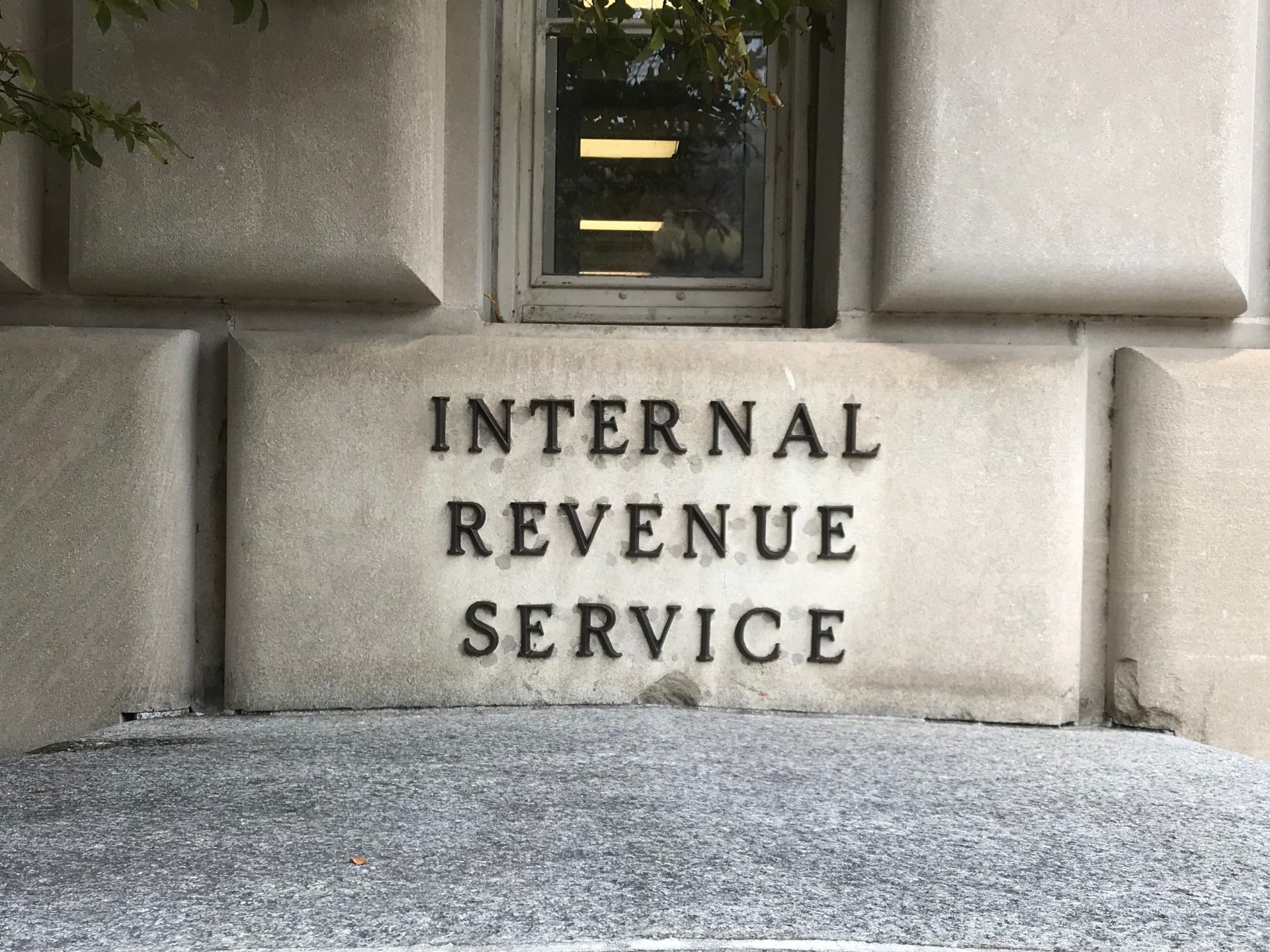Charitable giving in the U.S. fell by about $20 billion in 2018, the first year of the 2017 Tax Cuts and Jobs Act’s (TCJA) implementation, because of the law’s change to the standard deduction for individual income taxes, a new academic study reveals.
“TCJA was a three-trillion-dollar policy and created the largest change in U.S. giving incentives in a generation. Starting in 2018, TCJA induced an extremely large group of taxpayers—roughly 20% of all households—to use the standard deduction instead of itemizing. These taxpayers thus lost their U.S.-tax-code incentive to give,” the study, Tax Incentives for Charitable Giving: New Findings from the TCJA, says.
The research was conducted by Mark Ottoni-Wilhelm, professor of economics at Indiana University Indianapolis and professor of philanthropic studies at the Indiana University Lilly Family School of Philanthropy; Xiao Han, economist and research associate at the Indiana University Lilly Family School of Philanthropy; and Daniel Hungerman, professor of economics at the University of Notre Dame and research associate at NBER.
Along with changes to corporate income tax, the tax treatment of multinational firms, and certain excise taxes, the TCJA made changes to individual income tax. Most notably, the law greatly expanded the standard deduction amount for all filers.
Between 2017 and 2018, the standard deduction increased from $6,350 to $12,000 for single filers, from $9,350 to $18,000 for head-of-household filers, and from $12,700 to $24,000 for joint filers. In addition, the law placed a $10,000 cap on the deduction of state and local taxes.
The changes prompted about 23 million households to switch from itemizing their charitable deductions in 2017 to taking the standard deduction in 2018.
“As a result, about 20% of all taxpayers switched from itemizing their deductions to taking the standard deduction and consequently lost federal-tax-based incentives to give, regardless of their income or their marginal tax rates. This was the largest change in U.S. giving incentives since the Tax Reform Act of 1986. The potential effect of TCJA on giving was a prominent part of the discussion of the law prior to its passage,” the study says.
Among households that had previously been itemizing but switched to taking the standard deduction in 2018, the amount they gave to charity decreased by an average of $880 dollars.
Applying the $880 per household decrease to the 23 million households that switched from itemizing charitable deductions to the standard deduction suggests an aggregate drop of about $20 billion in giving.
The researchers estimate that about $4 billion (20%) of the $20 billion decline is attributable to households “re-timing” some of their giving (i.e., moving forward into 2017 amounts they had planned to give in 2018, in order to benefit from itemizing deductions in 2017). They estimate that the remaining $16 billion (80%) is a permanent annual drop caused by the TCJA.
The TCJA’s increase in the standard deduction had little-to-no effect on giving to religious congregations, whose primary focus is on religious purposes and spiritual development, the study finds. Most of the decrease was in giving to other types of organizations, especially in giving to organizations whose primary focus is helping people in need of basic necessities.
The researchers were able to estimate the tax law’s impact on giving because of the Indiana University Lilly Family School of Philanthropy’s Philanthropy Panel Study (PPS). The PPS, the school’s signature research study, biennially tracks the giving of the same families over time whether they itemize or not. This allowed researchers to measure giving patterns both before and after the passage of the TCJA, and to estimate how much giving changed among households that switched from itemizing to non-itemizing. The PPS was designed in part to enable better understanding of the impact on giving of household, economic, societal, policy and other changes.
Thanks for reading CPA Practice Advisor!
Subscribe Already registered? Log In
Need more information? Read the FAQs




